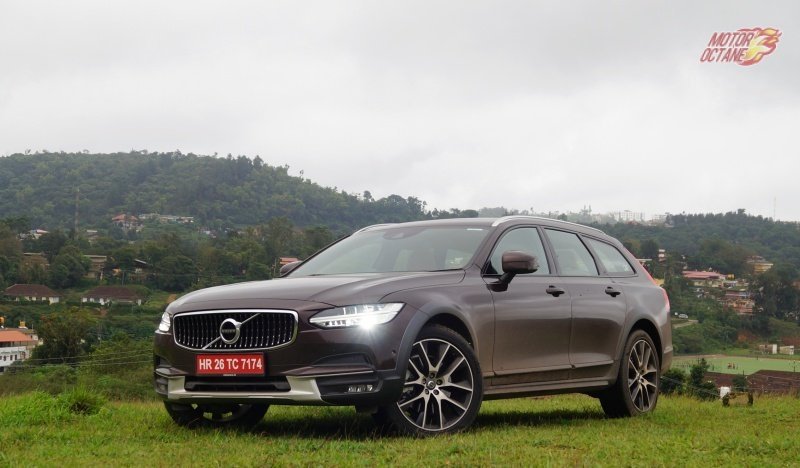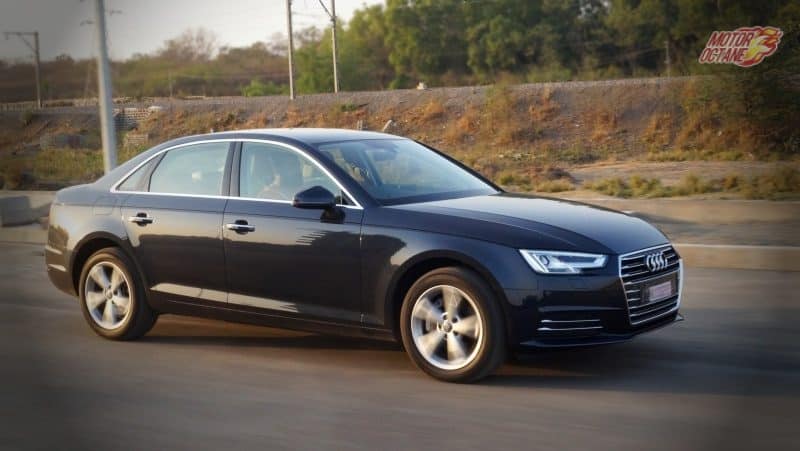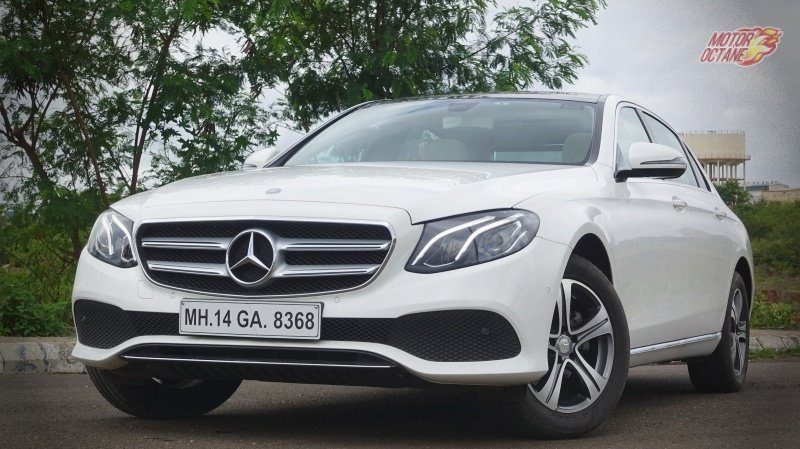SUVs and bigger cars to become expensive – increase in GST

With the entry of GST (Good and Services Taxes), there has been a reduction in the pricing of new cars. The smaller cars haven’t seen a major reduction in its pricing but SUVs, luxury cars have definitely benefited from it. As this isn’t benefiting the regular small car buyer much, there is a chance of it seeing an increase.
The SUVs and luxury cars will see an increase in its cess from 15% to 25%. The law was passed on 7th August and the implementation has already been done.
If you are looking at getting yourself an all new SUV or a luxury sedan? Then this is the best time as this has already got an approval. Not to worry about the fact this rule won’t come into picture anytime soon as there is a timeline after which it will get into application. The overall view is to have higher cess for luxuries and higher end vehicles. This can increase as the pricing has come down for a segment that isn’t about value for money. Cars are already in the highest GST rate of 28%.

The GST Council has already set the maximum levy inclusive of cess at 40%, which is the highest. The small petrol cars under 4 metres in length and 1.2-litre petrol engine have a 1% cess, while small diesel cars under 1.5-litre have 3%. The mid-size cars and SUV at the moment have a tax of 15%, which is more than the smaller cars.
There were many car buyers who decided to wait for a while as GST had seen a drop in its price. All the cars saw a reduction in taxes except for the hybrid ones. These vehicles have attracted an extra 15% taxes, which has increased their pricing.
We can understand that there will be an increase in the taxation even of the regular bigger cars. So, in short this will affect cars like Maruti Ciaz, Hyundai Verna, Honda City, Toyota Etios, Mahindra Scorpio, Tata Hexa, Ford Endeavour, Toyota Fortuner, Isuzu MU-X, Isuzu V-Cross, Renault Duster, Nissan Terrano and other models that are more expensive than this. All cars that have a length in excess of 4 metres will see an increase in its price.

The government has seen a reduction in the revenue and automobile industry is one of the major sources of earning for the government today. For this reason, there hasn’t been an increase in the taxes for affordable cars. This means many new cars will see an increase in its pricing. So, the tax will go up to 51.5% including the cess. This makes it the most expensive commodity in the market. What is surprising is how quickly has the government implemented this change, by testing it just for a month’s time.
Rahil Ansari, Head of Audi India stated, “The taxes on this industry are already very high and this increase in cess rate will be detrimental to the luxury car industry as we will be forced to hike our prices to levels higher than pre-GST period. This is bound to adversely impact sales by possibly a double-digit reduction and will consequently reduce revenues for the company, dealers and perhaps also tax revenues for the Government.
While the overall impact will still have to be evaluated in some time, we will be forced to redraw our plans for the Indian market based on future projections in this scenario.
The luxury car industry in India, while small in volumes, still contributes over 10 percent in value. While the segment definitely needs more positive initiatives from the Government to be able to deliver a bigger contribution to the Indian economy, this scenario is clearly a setback.”

Comments